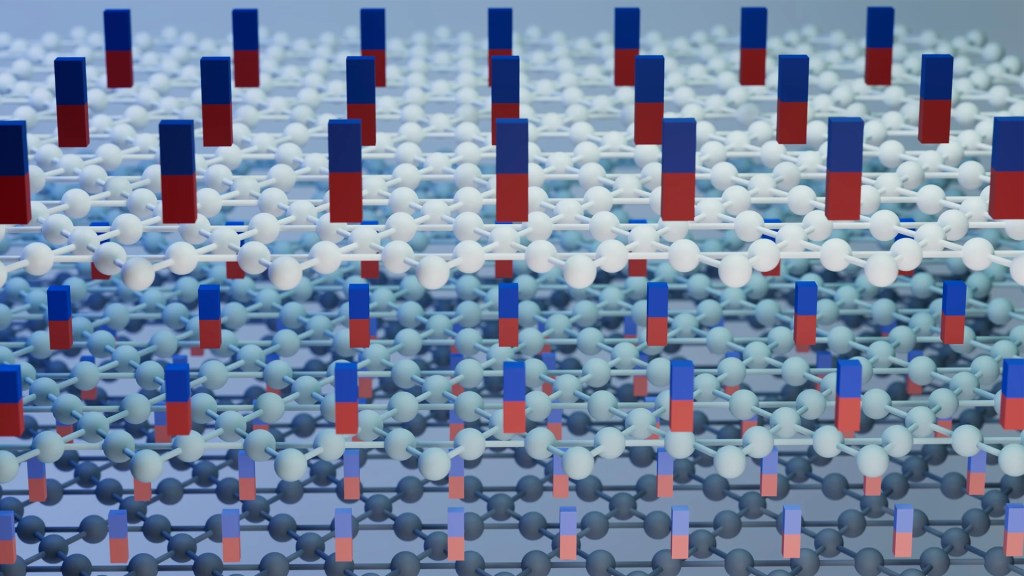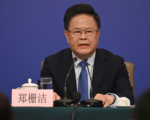A research team at the Paul Scherrer Institute (PSI) in Switzerland has made a significant advancement in quantum materials by demonstrating time-reversal symmetry (TRS) breaking in the Kagome superconductor RbV3Sb5 at an unprecedented temperature of 175 Kelvin (-98°C or -144.67°F). This breakthrough is particularly noteworthy because quantum systems typically require extremely low temperatures to function properly, as thermal energy can interfere with their delicate states. The ability to induce TRS breaking at such a relatively high temperature opens up exciting possibilities for the future of quantum technology, potentially reducing energy costs and making these systems more practical for real-world applications.
In quantum physics, time-reversal symmetry refers to the idea that the fundamental laws of physics remain the same even when time flows backward. However, in certain materials, such as RbV3Sb5, this symmetry is deliberately broken, leading to the formation of unique quantum states. These states have properties that vary depending on the direction of time, creating opportunities for precise manipulation in quantum devices. The ability to control such states is crucial for the development of advanced quantum technologies, including quantum computing and communication systems, where stability and precision are paramount.
The groundbreaking aspect of this research lies in the ability of RbV3Sb5 to sustain superconductivity down to about two Kelvin, while still maintaining TRS-breaking states at much higher temperatures. This combination of superconductivity and TRS-breaking behavior makes the Kagome superconductor a promising candidate for use in future quantum technologies. As the researchers, including Mahir Dzambegovic from PSI, note, the material’s unique charge order state allows electrons to form an organized pattern that induces a magnetic effect strong enough to break TRS at -144.67°F. This offers a new avenue for controlling quantum systems with less energy input and greater efficiency.
The implications of this discovery are far-reaching. By demonstrating that time-reversal symmetry can be broken in a superconductor at a higher temperature, the researchers have opened a new chapter in the study of quantum materials. If this phenomenon can be replicated in other materials or scaled for practical use, it could significantly lower the barriers to quantum technology adoption, making these powerful systems more accessible and cost-effective. This research not only advances our understanding of quantum mechanics but also paves the way for the next generation of technological innovations in the quantum world.


















